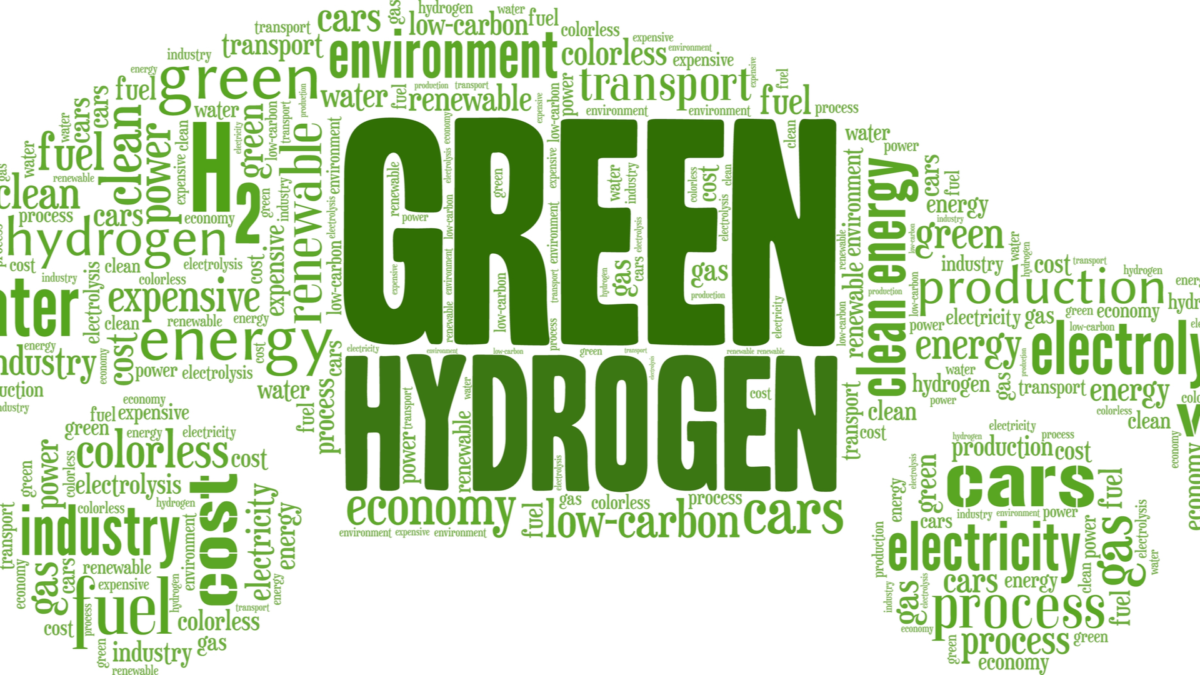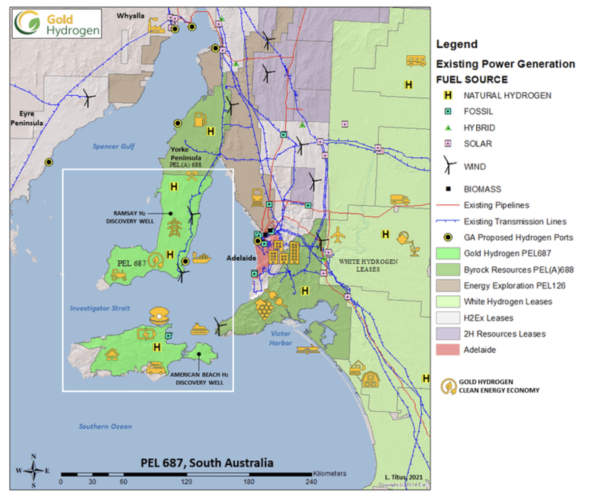New green ‘natural hydrogen’ may soon be coming from the ground in South Australia at low cost

‘Natural hydrogen’ is a term for naturally occurring hydrogen sourced from the ground at low cost with zero (or at least minimal) greenhouse gas emissions
There is a ‘goldrush’ by petrochemical companies currently going on in South Australia where they are looking to stake claims on and prove the existence of underground reserves of nearly pure hydrogen gas. The article touts a “Potential to drastically cut costs” of hydrogen production.
Despite the lack of research, Australians – and indeed a number of companies internationally – remain undeterred, likely because of the potential for natural hydrogen to be three to four times cheaper than that produced via electrolysis or gas reforming with carbon capture. Gold Hydrogen estimates it should be able to produce natural hydrogen for less than $2.30 per kg, compared to manufactured hydrogen projects being produced at greater than $6 per kg.

Natural hydrogen exploration ‘boom’ snaps up one third of South Australia
by Bella Peacock, 02/02/2022 – in PV Magazine
South Australia has found itself at the heart of a 21st-century gold rush, though this time for naturally occurring hydrogen. Since February 2021, 18 exploration licenses have been granted or applied for in the state by six different companies searching for natural hydrogen
In a rapid escalation from zero activity in February last year, exploration companies are now scrambling to look for what they believe could be the cheapest, easiest way to get their hands on the much hyped “future fuel”: hydrogen.
In the last 12 months, six different companies have either been granted or applied for 18 Petroleum Exploration Licences across the state of South Australia, according to Australian energy consultancy EnergyQuest. Combined, the area under permit equates to around 570,000 square kilometres (km2) or 32% of the entire state, the consultancy has found, referring to the sudden influx as a “boom”.
Natural hydrogen
Until now, natural or native hydrogen has been largely overlooked – despite it being described as “widespread in nature” by natural hydrogen researcher Viacheslav Zgonnik in a 2020 paper. Natural hydrogen deposits form through chemical reactions underground, with Zgonnik saying the molecule has been detected at high concentrations, often as the major gas, in all types of geologic environments.
Read the complete article….
Caveat emptor. This could be good news in that a potential source of low or zero emissions hydrogen for power generation has been found that could replace natural gas. However, I suspect that most or all of the hydrogen will found to be associated with methane rich natural gas. My guess is that this will be used as an excuse by the fossil fuel industry members funding the exploration to produce and burn more natural gas with consequent greenhouse gas emissions going into the atmosphere.
I would watch this very carefully, and would hope that by the time any concrete decisions need to be made regarding real hydrogen production projects that we will have replaced Capt. Humbug’s LNP Coalition Government with trustworthy people able to make sensible decisions where project approvals and he like are concerned.
Vote Climate One’s Traffic Light Voting System is designed to help you use our preferential voting system to elect these trustworthy people.